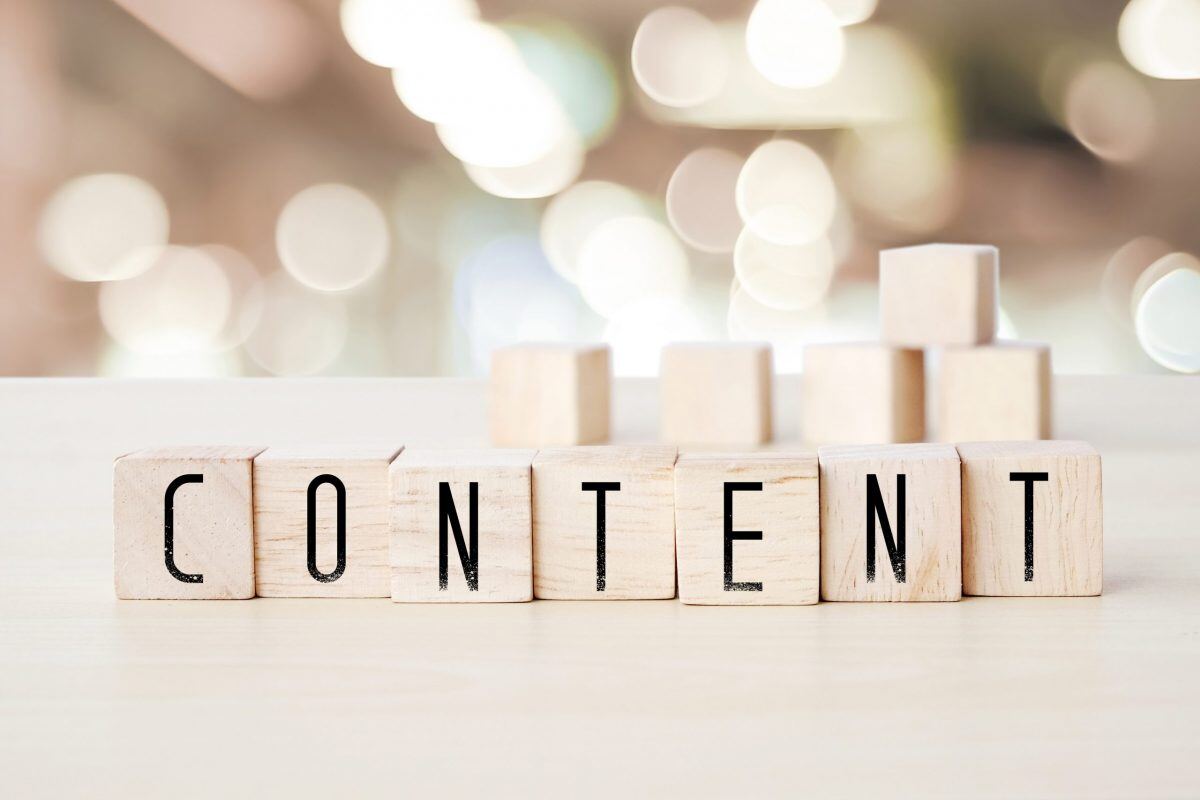How to create a content strategy that converts people and reaches business goals
written by
Elena Iordache
date
29 July 2020
written by
Elena Iordache
date
29 July 2020

Content marketing is one of the most efficient B2B tactics to attract and convert relevant audiences. But creating engaging content can be overwhelming, especially if you are writing content ad hoc, without following a process.
Putting together a content strategy and calendar is no easy task: what topics do you choose to address, which ones do you prioritize, what formats are the best?
The answer to all these questions becomes clear when you go back to who your business is really serving: your customers.
Understanding your buyers, their pain points, challenges and most common objections as well as their information needs at each stage of their buying journey can give you a clear roadmap.
Having this roadmap in place, you can easily decide what content you need to build and how to move your visitors and leads further down the marketing funnel.
But before we dive in, do you really need content that much? And a content strategy to guide your content writing efforts?
My answer is: take a look at your top three competitors. Do they have a company blog? How often do they publish new articles? Do they publish long-form or short-form content?
Chances are that the top-performing businesses in your industry are doing an amazing job on the content front.
Content will help you in a few ways:
Having a strategy in place will help you make the best out of your content creation effort.
Let’s take a look at how you can approach content creation in a simple, yet effective way.

Buyer personas are semi-fictional representations of your ideal customers. They are meant to help you understand what needs and challenges your ideal customers are trying to solve, what objections and fears they have when they make a purchase as well as what questions they typically ask.
Your entire website, including the blog articles, should be built around clarifying all these issues.
If you don’t have a buyer persona profiles just yet, don’t worry. Building them is not as complex as you might think. Set time aside to speak to your sales team, your client-facing or operations team and most importantly, with some of your current clients.
What you’ll want to cover during the buyer persona interviews:
Here is what one of our buyer personas here at Stoica.co looks like.

Putting together all the new information you’ve learned about your ideal customers, you should be able to extract a few core topics to build on.
Now that you have the buyer persona profiles (you can have one single profile or several, depending on your specific offering), how will you use them? It’s time to introduce the buyer’s journey!
Buyer’s journey essentially refers to the stages a customer goes through from becoming aware of a problem (awareness stage) to considering different solutions (consideration stage) to making a purchasing decision (decision stage).

Image source: HubSpot
It the awareness stage, buyers will look for content that to help them answer:
In the awareness stage, your potential customers need content focused on their problem.
In the consideration stage, buyers will want to know:
In the consideration stage, buyers need content focused on the different solutions available.
In the decision stage, buyers will look for:
Buyers in the decision stage need content focused on your solution/offering.
Defining buyer’s journey is beneficial because:
So you’ve identified core topics your buyers are interested in at each stage of their journey.
You’ll also want to ask yourself “what are the topics that I want my business to be known for?”
Say you are an agency delivering design and website development services. Two potential main topics you want to be associated with are “website development” and “growth-driven design”.
But why are core topics so important that we’ve mentioned them several times throughout this article? And how can you use core topics to create a content plan?
It’s because the way we search online has shifted. We’ve moved from inputting fragmented keyword queries into search engines to using entire phases. Search is becoming conversational, even more so with the rise of voice search.
64% of people are using at least four words queries, ensuring they get the best response from a huge amount of content available.
In response, search engines have evolved from ranking results based on keywords to ranking based on broader topics and to understanding context and user intent. It’s a change that began back in 2013 with Google’s Humming Bird update.
As a consequence, marketers and SEO experts have started to adopt the topic cluster model. In this model, a core topic is tackled entirely on a pillar page. The subtopics related to the core topic are addressed in mode depth in distinct articles (cluster topics), hyperlinked to the pillar page and to one another (as it makes sense).

Image source: HubSpot
The cluster topic model has a couple of benefits:
Knowing the importance of core topics, subtopics and topic cluster model, it’s now time to get a bit more granular.
For each topic previously identified, it’s time to identify related subtopics.
Getting back to our example of a website design and development agency, for the topic of “website development” some potential subtopics are:
Some or most of the subtopics will most likely have surfaced from the buyer persona profiles. You can additionally use content research tools such as SEMRush Topic Research tool, Answer the Public or Netpeak Checker.
You can organize all your topics & subtopics using a spreadsheet or you can use a mapping tool.
| Awareness | Consideration | Decision | |||
| website development | improving website speed | website development | how to select a CMS | website development | top website development agencies |
| how to increase search visibility | process for developing a website | website development agency pricing | |||
| improving website conversion rate | UX/UI best practices | review of website development agency |
Your next and final step is to prioritize your content creation.
We’ve already covered why you’ll want to create content for all three stages of your buyers’ journey. But how can you decide the priority of each topic and subtopic you’ve identified?
While there is no bulletproof solution, you can ask yourself a few questions to help decide:
Putting together a coherent content strategy will not happen overnight. But it’s an essential step that can ensure you see success and ROI with your content.
Research is a big part of coming up with a great content strategy; you’ll need to cover buyer personas, relevant business topics you want to be associated with, have a good understanding of what your business goals and priorities are.
This article was originally published on Netpeak Software.
